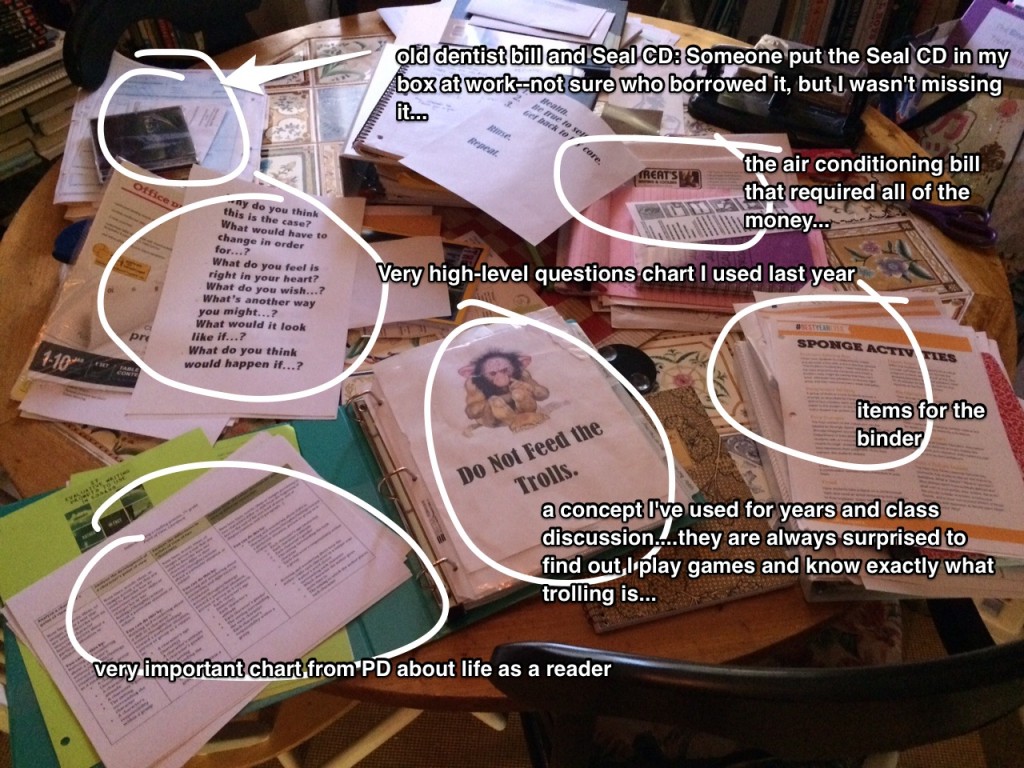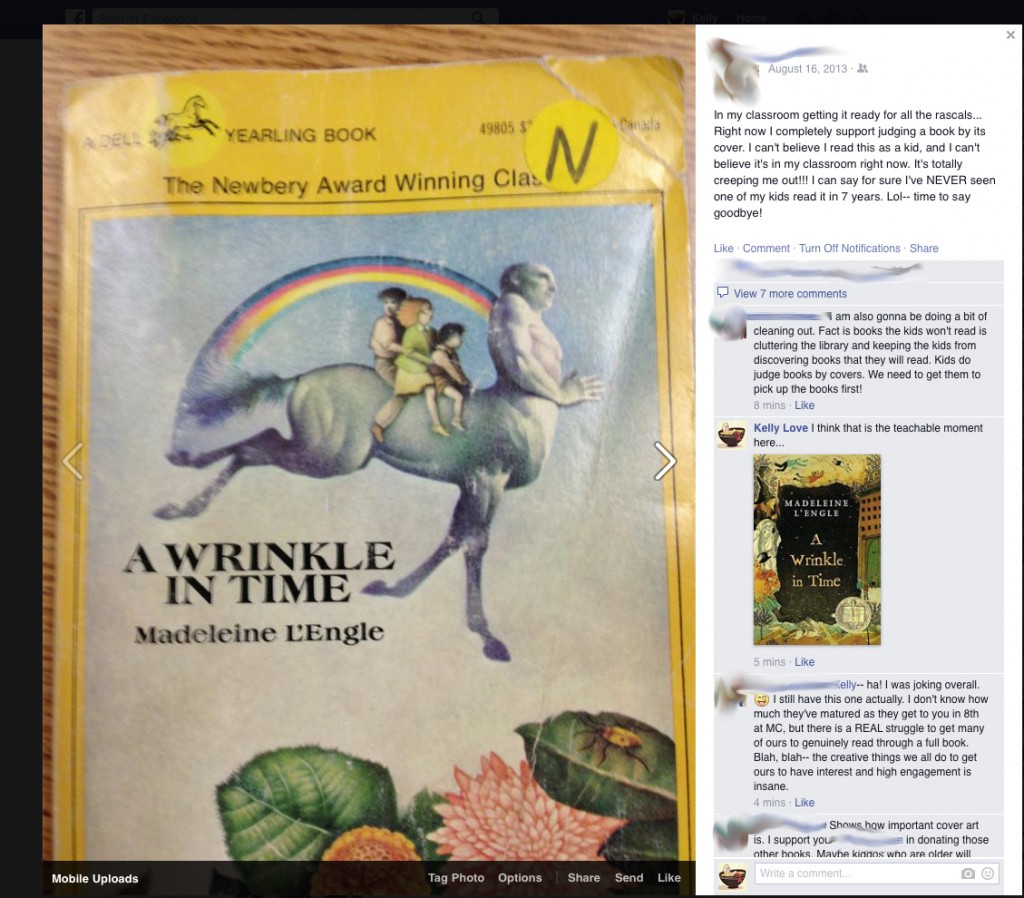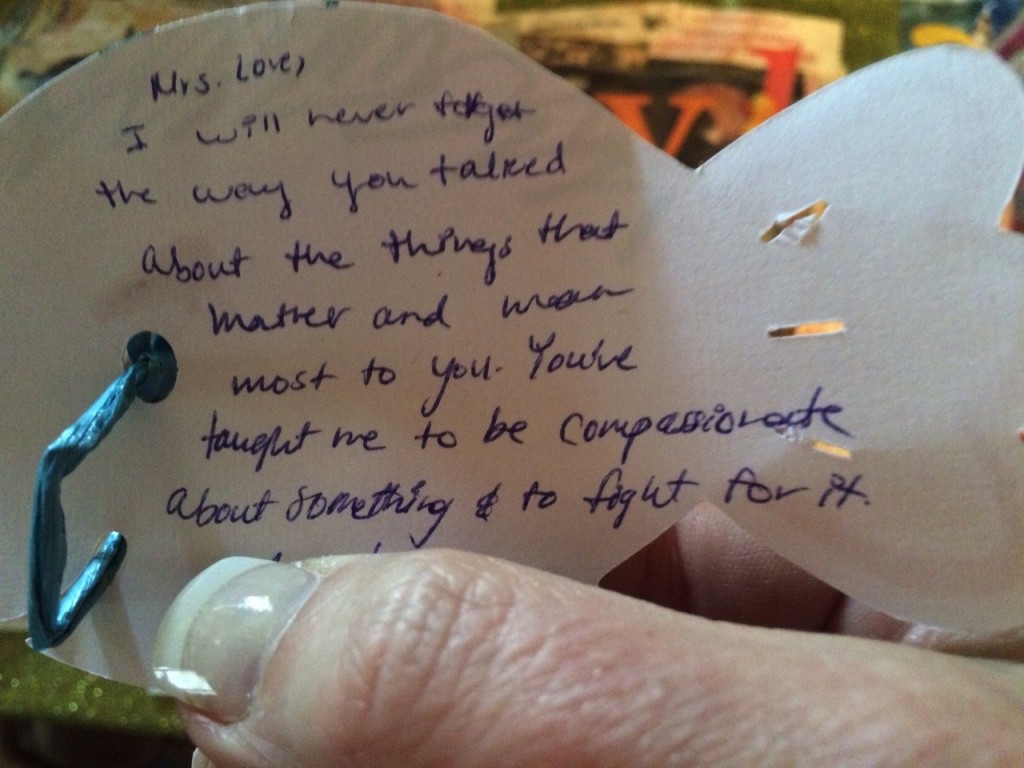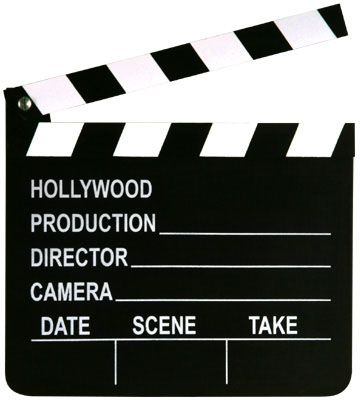
There is a popular how-to book going around the ‘net now titled The Life-Changing Magic of Tidying Up: The Japanese Art of Decluttering and Organizing by Marie Kondo. Since I have invested a lot of time and energy in breeding and care of dust bunnies, this topic doesn’t interest me. When the dust bunny farm goes south, perhaps I’ll give it another look. I kid, I kid. A synopsis spiraled around, and the one thing that stood out for me is the concept is don’t clean by area, clean by topic. For teachers, this is huge, and something I’ve always practiced: when moving or cleaning out a classroom, things go in categories: book genres to supplies, etc. It tends to work. Only when cleaning out the BOOK ROOM (this is a big deal) over my years as curriculum leader (aka department head in some academic circles) did I ever trash a few titles that were truly pulp, and not worth the paper they were printed on. I would have like to have gotten ride of Jackie’s Wild Seattle (ugh), but kept it in case it was anyone’s pet book. So far it has about as much charm as a dust bunny with fleas.
But here is something I did not expect: a debate about a classic title such as Wrinkle in Time by Madeleine L’Engle.
And do NOT comment on this full disclosure: I haven’t read the book (yet). Bet I’ve read a few books you haven’t. This one missed me because of my age and place in school–and that is the moral of this post.
This isn’t about my life as a reader, but our students’ lives.
I know this book meant a lot to a colleague of mine, and shaped her thinking about science. She is one of the exemplary science teachers I know. She introduced me to Ray Bradbury’s story, The Veldt, one of my new favorites to use with students.
To share the conversation, consider your own practices of purging through the mindset of “decluttering” —
I found one commenter’s remark curious, about ‘supporting’ my friend’s decision to purge this title. It ignited so many thoughts:
- I’ve had six new administration teams and this will be my tenth year of teaching. Each admin team has a vision and new ideas, and we as a staff have had to adjust to the new ‘house rules’ every time, layered with change of guards in professional development focuses, and all the other changes inherent in modern teaching practices. This is my clutter I purge every year. Not books. Yours may be books, or dried up markers, etc.
- I have my own ideas about ‘reading lives,’ and considering a time-line of my own reading life. Are You There God, It’s Me Margaret, Blubber, and Forever by Judy Blume were transformative texts for me; their relevance to students now may seem laughable. But that’s not the point: when I share Harriet the Spy to students, explaining what happened to me, more than one student would ask if I had a copy of it.
- We all worry about stamina, that students do not pick up books. If we don’t open them for them, they never will. They will see them as traps. How do we break this notion that time spent with a book is wasted, that they have something ‘better to do?’
- Do you know that movies now have a different frame rate than in years past? So much digital and media noise comes at our students constantly, no wonder they can’t sit and read a book. By the time many of my students are in 8th grade, they are not embarrassed at all by stating they do NOT want to read a ‘chapter book’ –and where are the pictures.
What went wrong?!
Nothing, really. Many students DO read, ask me about books, will not only finish a novel, but read it again (talk to me about Ready Player One by Ernest Cline). The trick is not to purge all the reading from all the students: like the Japanese decluttering books, look at readers as topics -help them craft their reading life, and recognize not every reader will be a reader of novels. Offer interest surveys, genre options, and let the book fit the reader, not force the reader to the book. Those are ideas that are timeless and sustaining.
And thank God for Judy Blume.
Postscript: I’m moving classrooms this year. More floor space, but no cupboard space, and there are no existing whiteboards. I’m going to have to change a lot to make it work.
*no whiteboards*







